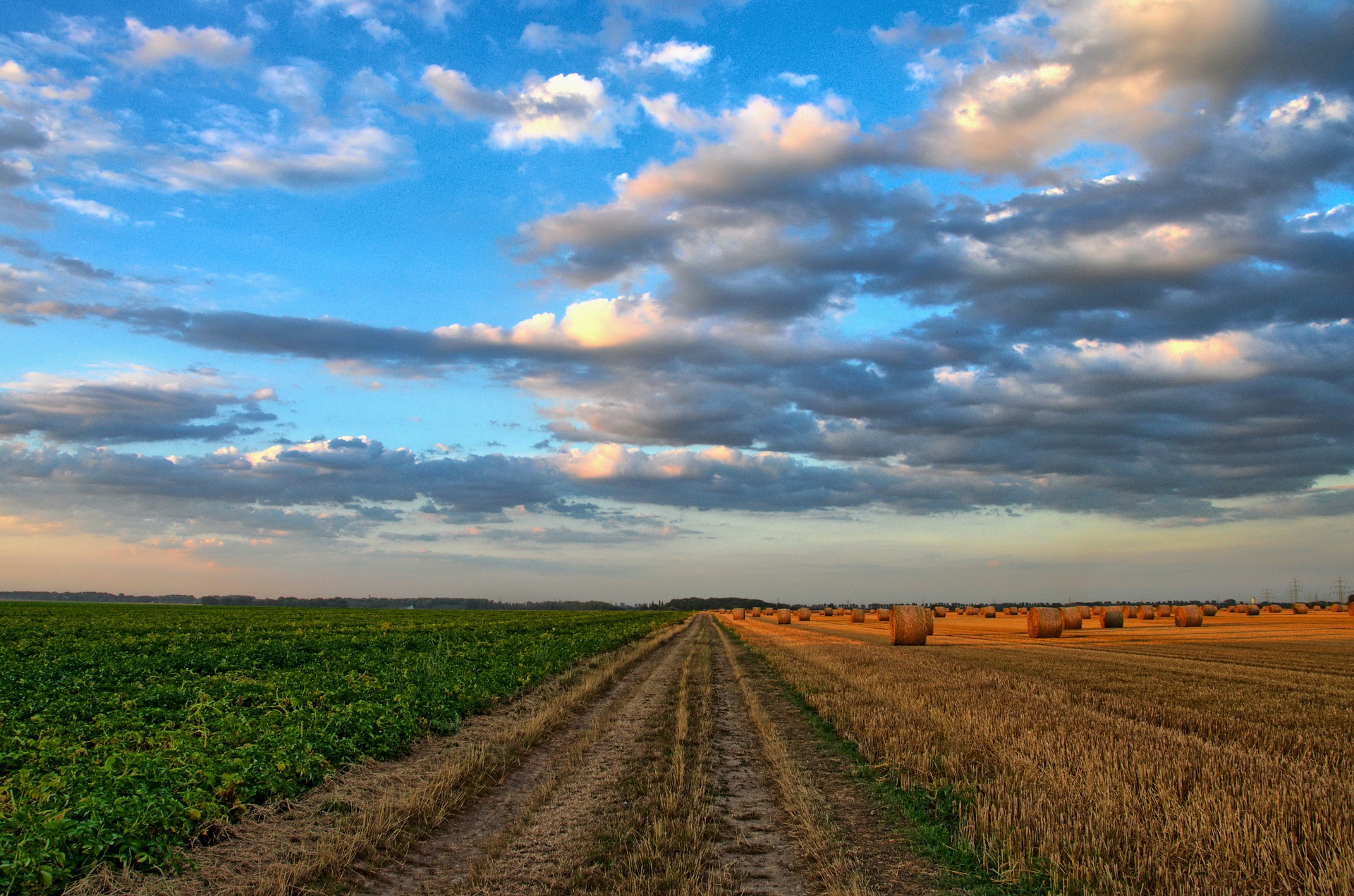The Aragonite that Fertrell supplies to customers is essentially a mineral form of calcium that comes from the sea. Generally it runs from 33%-39% readily available calcium. What this really means is that the calcium is immediately available, at a high percentage, and starts working with the soil right away. Therefore, Aragonite can be applied in fall or spring.
"Is aragonite better than limestone?"
The most common question I receive on Aragonite is, “Is it better than lime?” And my answer is not necessarily, but there are many reasons that Fertrell prefers it to lime. Don’t get me wrong, lime has its' place and can work just fine. But Aragonite has a lot of qualities that makes it stand above limestone, in the eyes of Fertrell.
Aragonite is readily available
As I stated above, the calcium in aragonite is readily available at high levels. Compared to lime, which comes from stone and takes quite some time to break down and become available to the soil, Aragonite is working for your soils right off the bat. Also, Aragonite has a lot of live bacteria in it, which lime does not. This is an added benefit to building microbial life, along with the organic matter.
Aragonite as barn grit
Many of our customers also use the Aragonite as barn walk grit. Thus, adding calcium to the manure which adds to the fertility of the farm. I also have had customers say that their manure pit didn’t have that bottom layer of sludge they always had in the past, after they used the Aragonite as grit. This was partly due to those live bacteria helping to break everything down.
Lower levels of Magnesium
Also Aragonite has very low levels of magnesium. This is a huge benefit because many farming systems have been using applications of high magnesium lime for many years. This has brought the levels of magnesium up above normal. And with these high levels of magnesium, the soils become tied up, which in turn, prevents the plants from taking up essential nutrients. In other words, these soils potentially have all the right nutrients but certain things are off balance just enough to stop the plant from getting what it needs. So when your farm still needs a calcium source to help keep things going, Aragonite comes in and doesn’t much increase those magnesium levels.
Doesn't affect your pH level
Another difference is that continuous lime use can also drive up the level of pH. And like with the magnesium, when the farm still needs calcium but cannot afford higher pH levels, the Aragonite works just fine. Lastly, even though Aragonite is a bit more pricy, it calls for much lower application rates than lime. So there are some good examples of why Fertrell likes Aragonite as a calcium source. Limestone has it's place if you need to adjust the pH of your soil or are looking for a calcium amendment that doesn't provide immediate calcium, but in many instances Aragonite will do more for a farmer than limestone.

